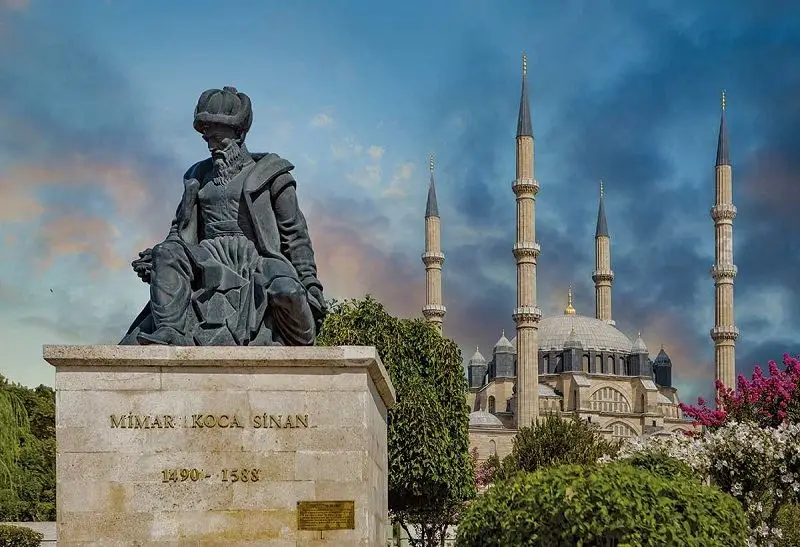
The Great Imperial Architect Mimar Sinan (1490–1588)
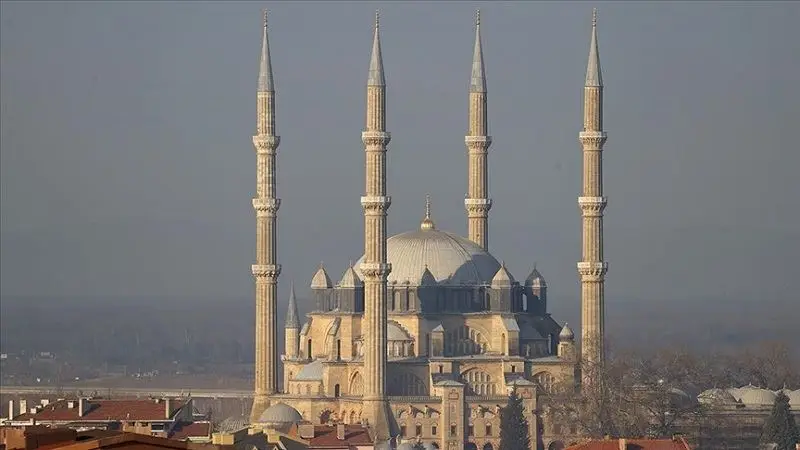
Mimar Sinan, also known as Koca Mimar Sinan (Grand Architect Sinan), was born in 1490 and served as the Ottoman Empire’s principal architect. His worldwide fame and acclaim attest to the quality of his work. It was as a Janissary for the Ottoman government that he first gained notoriety, but he quickly rose through the ranks to become a renowned military engineer. At age 50, he was named head of the office of royal architects and given the mandate to construct an imperial mosque called the Sehzade (Prince/Shahzade) Mosque, which is now recognized as one of the earliest masterpieces of his prolific career. Throughout his life, he served three different sultans: Suleyman the Magnificent, Selim II, and Murad III. What made him so brilliant was the way he could see how engineering and architecture could work together. To increase the amount of usable space within a structure, he tried out different variations of domes, both single and multi-dome, and, by taking this empirical approach, he was able to achieve geometric purity an integral unity. Scholars identify 477 buildings as having been designed or constructed by him, but only 196 remain standing today. Some of his most notable works include the Suleymaniye Mosque, the Mihrimah Sultan Mosque, the Kilic Ali Pasa Complex, and the Haseki Hurrem Sultan Baths. The Selimiye Mosque in Edirne is widely regarded as his masterpiece among his incredible body of work.
Balyan Family (18th and 19th centuries)
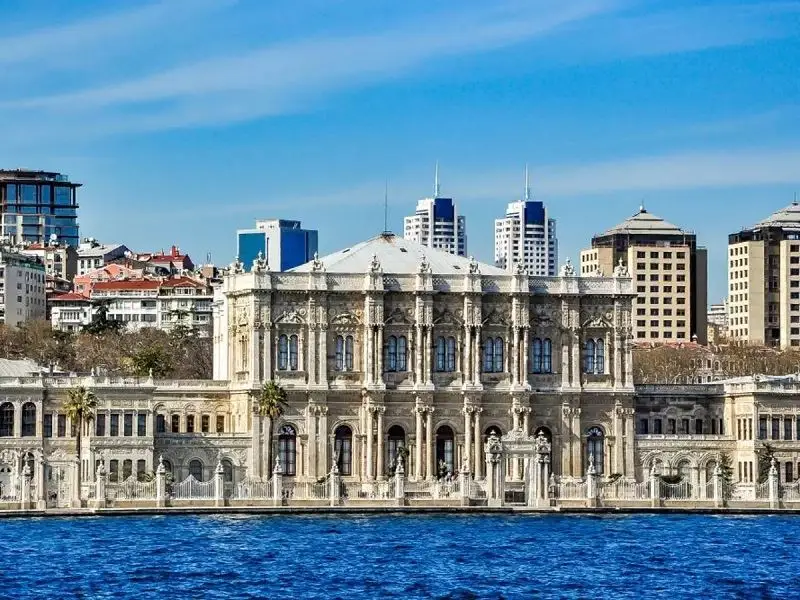
The Balyans were an illustrious Ottoman Armenian architectural family responsible for some of the empire’s most impressive palaces, mansions, kiosks, and mosques in the 18th and 19th centuries. Six sultans ordered them over the course of five generations, starting with Sultan Selim III and ending with Abdulhamid II.
The Balyan family rose to prominence at the turn of the 18th century, when the spread of Western ideas throughout the empire was at its height. They were instrumental in the development of the Neo-Ottoman style, which fused elements of the Neo-Classical and Baroque movements. The family designed seven palaces, including Dolmabahce, four factories, one barracks, one mosque, seven churches, two hospitals, three schools, two weirs, one fountain, and one mausoleum, with Garabed Amira being the most well-known member of the architectural staff.
All over Istanbul right now, you can find the family’s magnificent creations. The tombs of Mahmud II and Abdulmecid; the Dolmabahce, Beylerbeyi, Ciragan, Yildiz, Kucuksu, Ihlamur, Baltalimani, and Adile Sultan (Kandilli) palaces; the Aynalikavak, Izmit, Mecidiyekoy, Zincirlikuyu, Ayazaga, Kalendar, and countless other mosques and palaces.
Mimar Kemaleddin Bey (1870–1927)
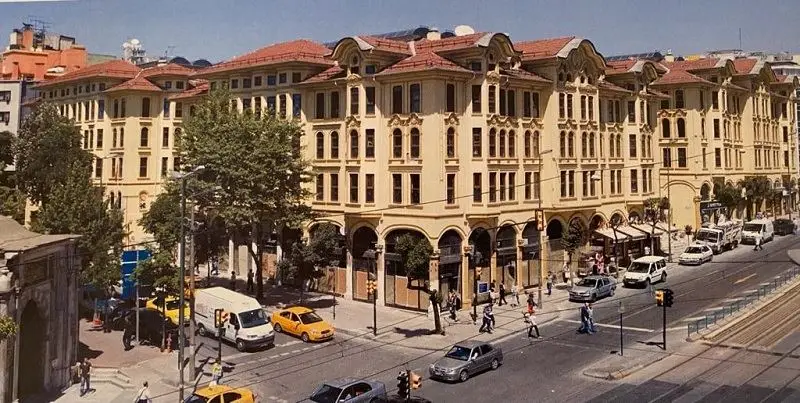
Ahmet Kemaleddin, who was born in 1870, is more commonly known as Mimar (Architect) Kemaleddin. He gained notoriety as a builder and restorer during the final years of the Ottoman Empire and the first decades of the Turkish Republic. Along with Vedat Tek, he was a forerunner of the First National Architectural Movement, which placed a premium on Turkishness in its architectural expressions. Although Mimar Kemaleddin drew inspiration from contemporary German architecture, the hotel that once stood in the Tayyare Apartments in Istanbul’s historical district demonstrates that he also developed a distinctive Turkish architectural style and identity.
Vedat Tek (1873–1942)
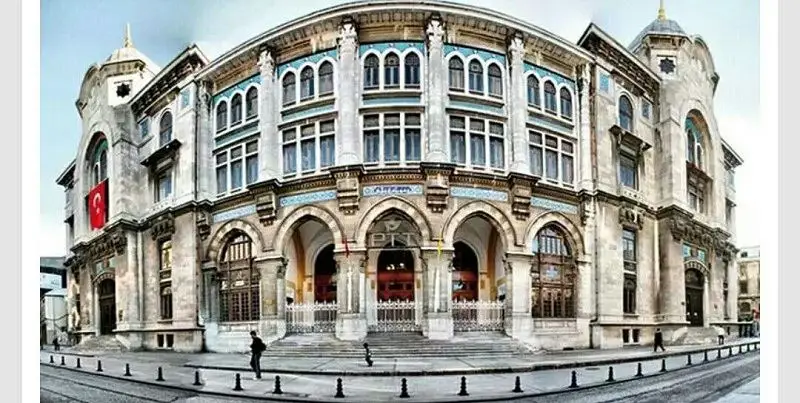
When it comes to the First National Architectural Movement, no one can compare it to Vedat Tek. The year 1873 marks his birth in the late 19th century. He attended the prestigious French institutions of higher education, Ecole Centrale and Ecole des Beaux-Arts, in Paris after finishing high school in Galatasaray. In the early stages of his career, he served the Ottoman government in two key capacities: first, as an appointed architect for the Ministry of Post and Telegraph; and second, as the chief architect of the palaces, in which capacity he oversaw the renovation of some 20 palaces. His early works include the Kastamonu Governor’s Office and the Istanbul Main Post Office. He was summoned to Ankara after the proclamation of the Republic to create the Turkish Grand National Assembly. The Haydarpasa and Moda Ferryboat Piers, the home of Sedat Tek, and the Cankaya Gazi Mansion are just a few of the other notable structures he designed and built.
Turgut Cansever (1921-2009)
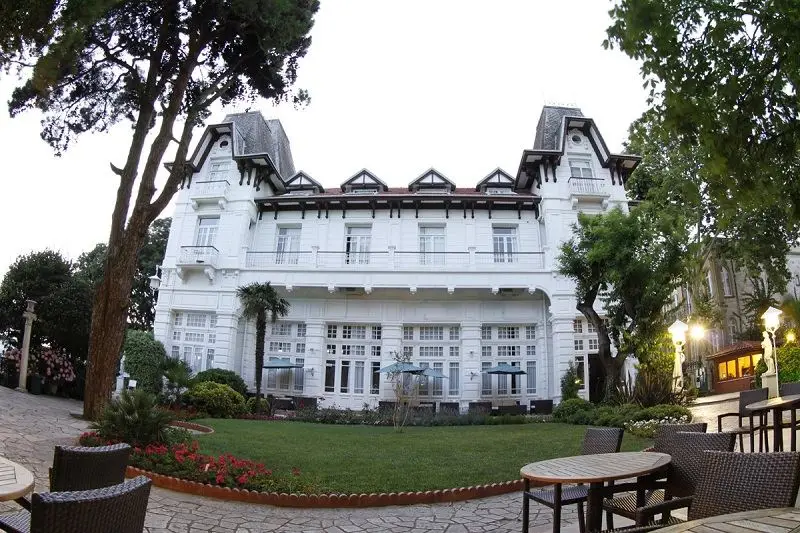
Turkish architect and urban planner Turgut Cansever was born in 1921. He was the recipient of three Aha Khan Awards for Architecture. After graduating from the Istanbul State Academy of Fine Arts with a degree in architecture, he began working as Sedad Hakki Eldem’s assistant. For his conceptual framework, he looked at idioms from different parts of the country. The Anatolian Club Hotel in Buyukada, Istanbul (1951–1956), and the Demir Holiday Village in Bodrum (1971) are two of his best-known works.
Seyfi Arkan (1903–1966)
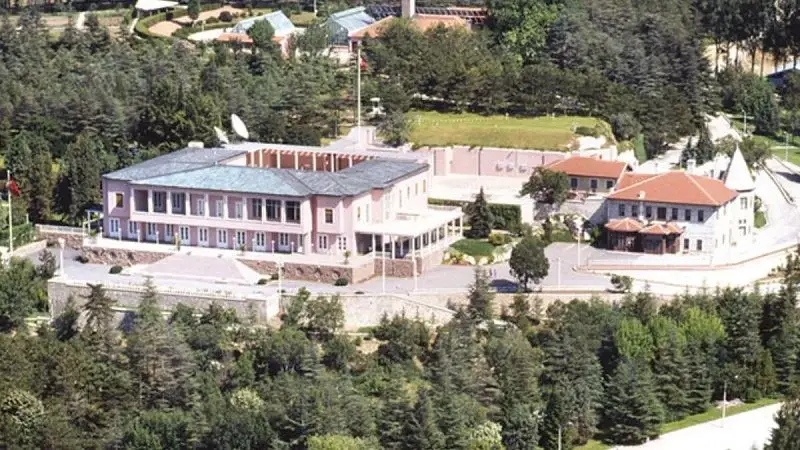
Modernist architect Seyfi Arkan was born in Istanbul in 1903. He worked during the early years of the Turkish Republic. After a fruitful period of study at the Istanbul Fine Arts Academy, he took advantage of a scholarship to further his education in Berlin under the tutelage of Prof. Hans Poelzig, whose teachings profoundly affected his outlook and technique. One of the most prominent architects of the era, he was enlisted by Ataturk to create the Cankaya Presidential Residence. Even though he lived during the same period as the First National Architectural Movement, his work stands out from the crowd. He did not base the conceptualization of his design on national identity, as did Vedat Tek and Mimar Kemalleddin, but rather on universal architectural principles.
Sedad Hakki Eldem (1908–1988)
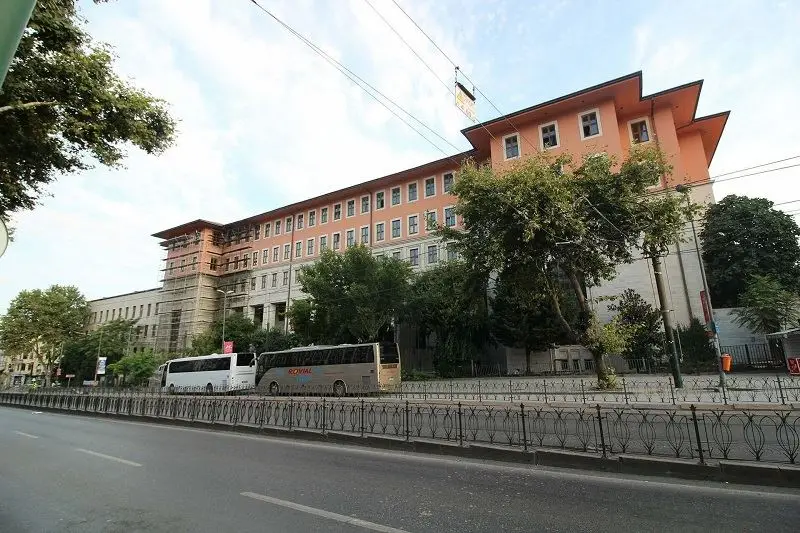
Sedat Hakki Eldem, a forerunner of modern architecture in Turkey, was born that year, in 1908. Eldem, the son of a diplomat, spent his childhood and adolescence in Europe, where he attended elementary school in French and high school in German. After moving back to Turkey, he attended the Academy of Fine Arts, where he was able to take classes taught by Vedat Tek and Guilo Mongeri. As soon as he finished college, he used his scholarship to travel throughout Europe. There, he collaborated with Perret and Poelzig and traveled to numerous cities. His architectural style was heavily influenced by his education by both Turkish and European scholars. Although art deco, international, and even Le Corbusier influenced his early works, he eventually specialized in Ottoman vernacular architecture. Eldem defies easy categorization due to his dynamic and ever-evolving style over the years. The Agaoglu House, the Science Faculty at Istanbul University, and the Florya Facilities in Istanbul are just a few of his well-known creations.
Mongeri, Allaury, and D’Aranco, three Istanbuli architects of the 19th century
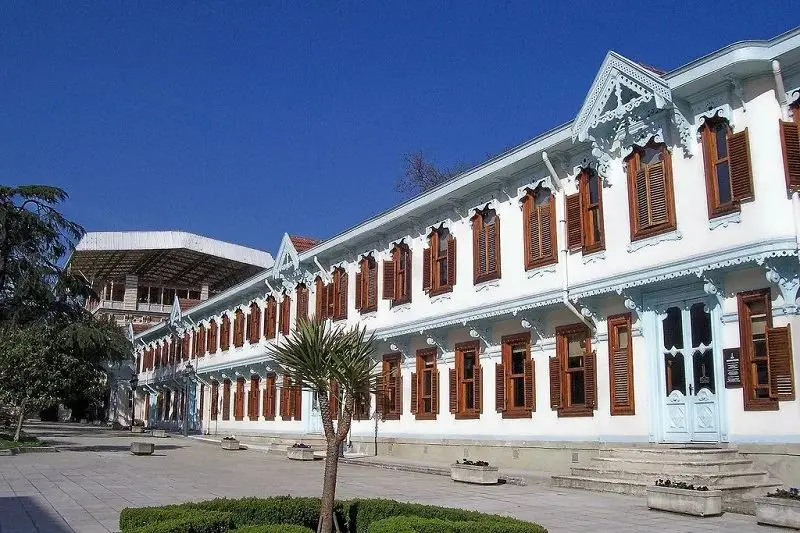
With the Tanzimat Reforms, the Ottoman Empire as a whole was exposed to western influences for the first time (1839–1876). As part of this transformation, Istanbul was updated in the fashion of Europe’s dominant architectural style, Neo-Classicism. European architects were the first to use this style, and later Christian Ottoman architects were recruited to further spread it. To name just two examples, the first was the British architect W.J. Smith, who was hired to construct the British Embassy, and the Swiss architect Gaspare T. Fossati, who was hired to construct the Russian Embassy. Many architects, such as Valluary and Jachmund, were sent to Istanbul during the reign of Abdulhamid II to either build or research the history of Ottoman architecture. As a result of their research, a blend of Neo-Classical and Ottoman elements emerged. The School of Fine Arts (1882) and the Imperial Archeological Museum are two of Vallaury’s most recognizable landmarks. Raimondo d’Aronco, on the other hand, introduced Art Nouveau elements to Istanbul, and they are both present in the Yildiz Palace Pavilions and the Karakoy Mosque.
Luxury Tours of Turkey
Ι Luxury Turkey Tour Package Ι Luxury Istanbul and Cappadocia Tour Ι Luxury Cappadocia Tour from Istanbul Ι Luxury Discover Turkey Tour Package Ι Luxury Istanbul and Ephesus Tour Ι Luxury Istanbul and Bodrum Tour Ι Luxury Istanbul Ephesus Pamukkale Tour Ι Luxury Discover Turkey Tour Ι Luxury Istanbul Tour Package Ι Luxury Discover Istanbul Tour Ι Luxury Istanbul and Antalya Tour Ι Luxury Istanbul Tour Ι
Luxury Turkey Travel Services
Ι Luxury Turkey Travel Services Ι Luxury Airport Transfer in Turkey Ι Luxury Istanbul Chauffeured Car Service Ι Tour Guide in Turkey Ι Istanbul Helicopter Tour Service Ι Luxury Istanbul Yacht and Charter Service Ι Turkey Private Jet Flight Service Ι
Luxury Daily Turkey Tours
Ι Luxury Daily Turkey Tours Ι Luxury Istanbul Old City Tour Ι Luxury Istanbul Bosphorus Cruise Ι Luxury Princes Island Tour Ι Luxury Self Guided Tour Istanbul Ι Luxury Cappadocia Tour from Istanbul Ι Luxury Ephesus Tour from Istanbul Ι
